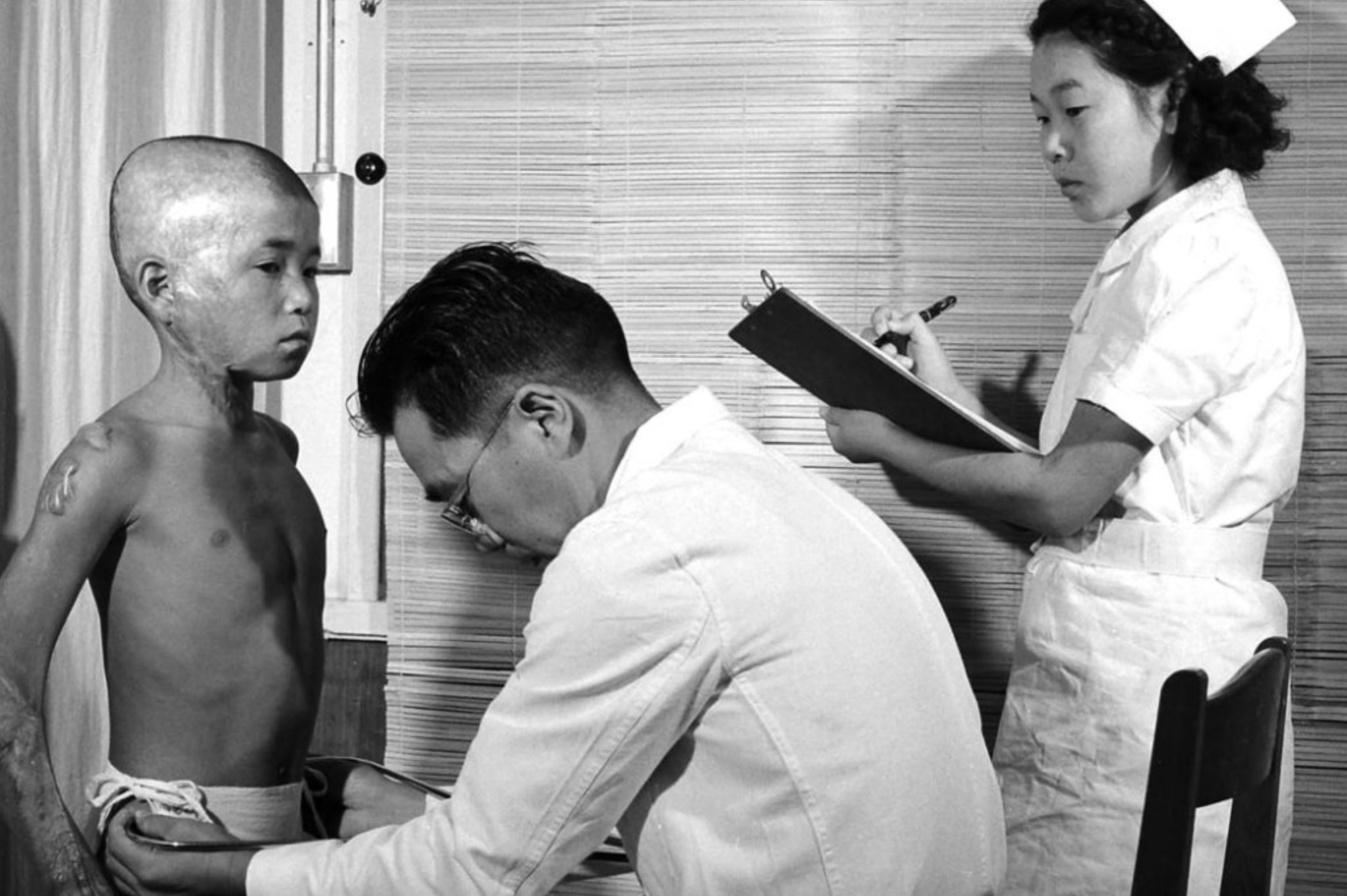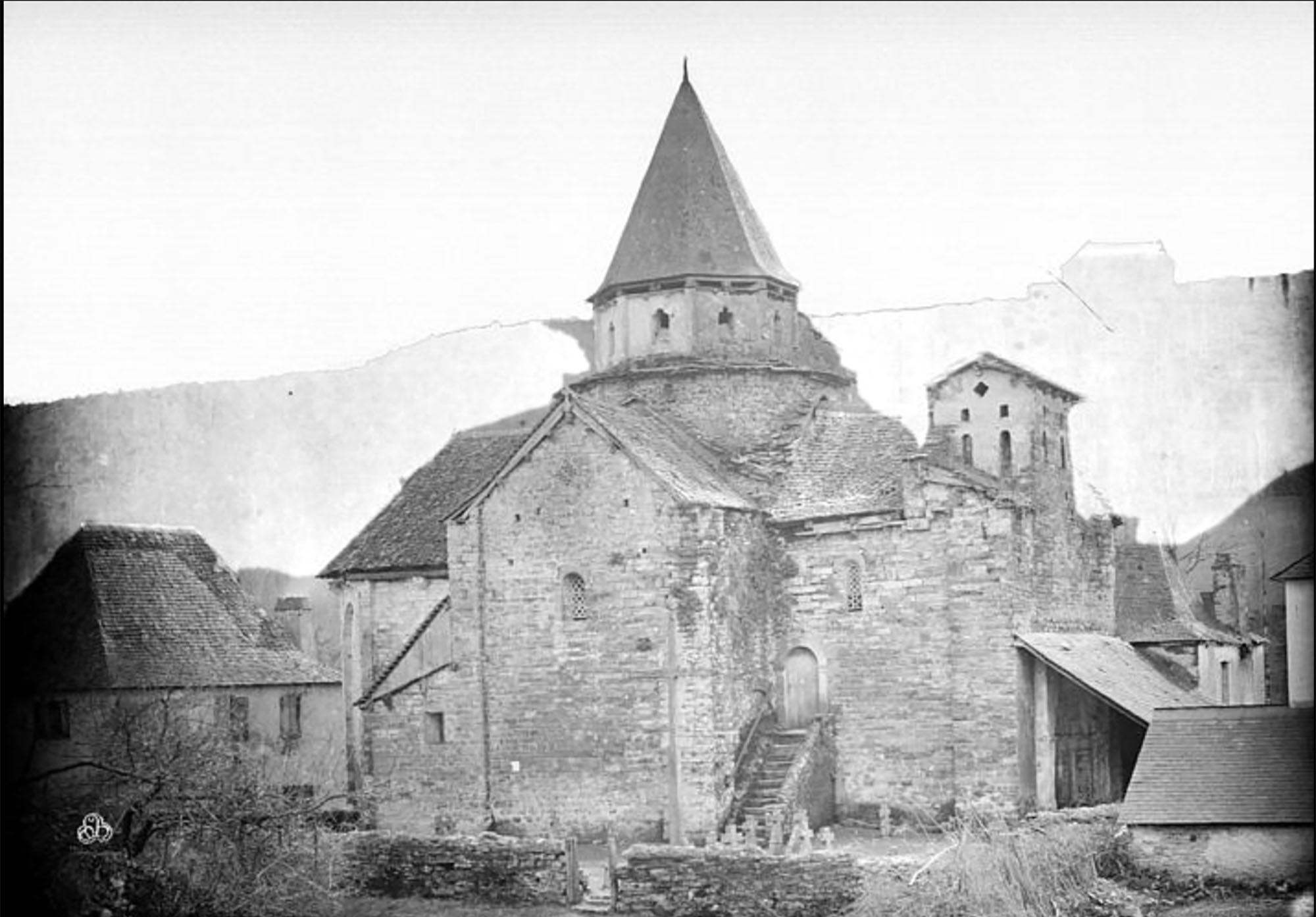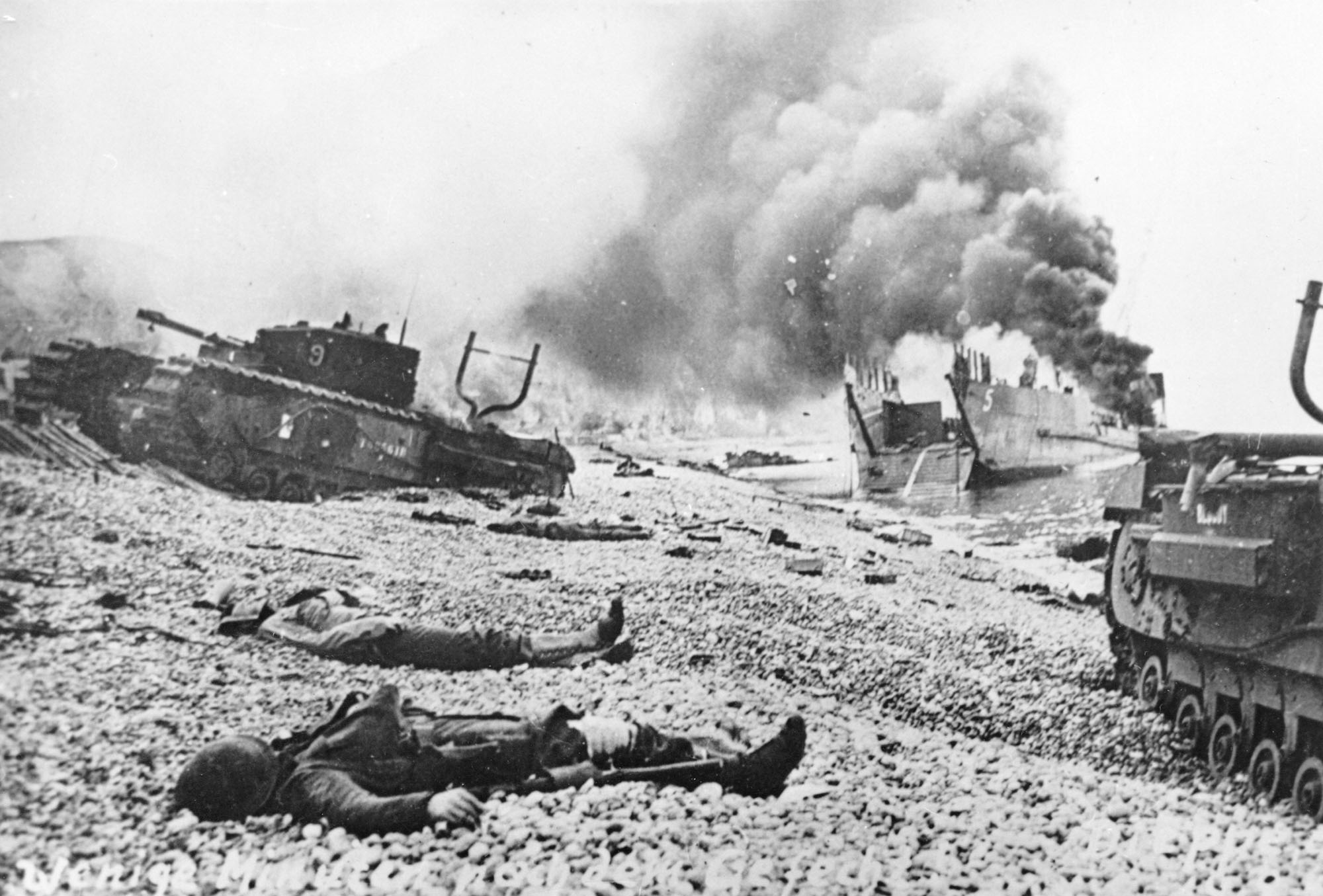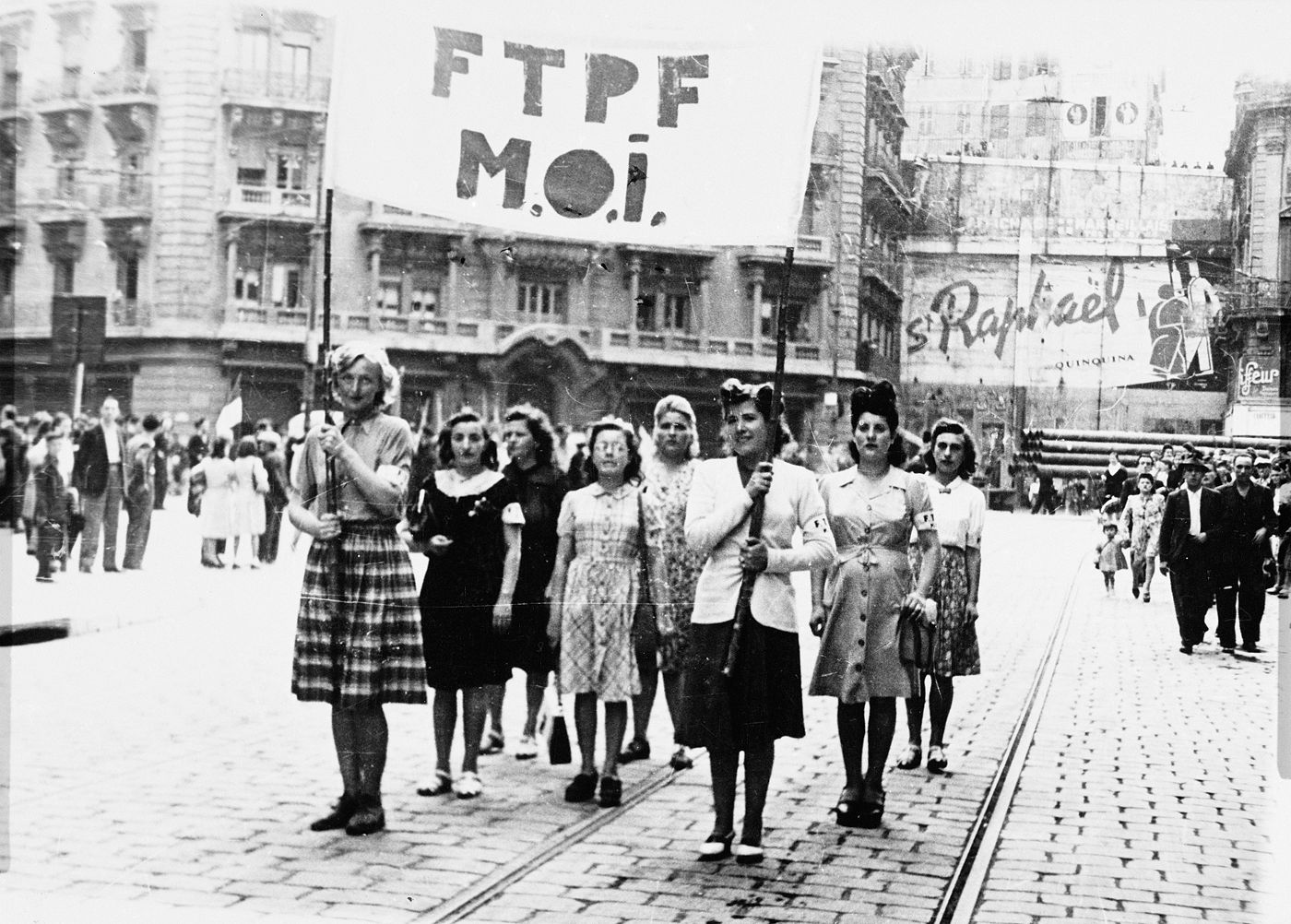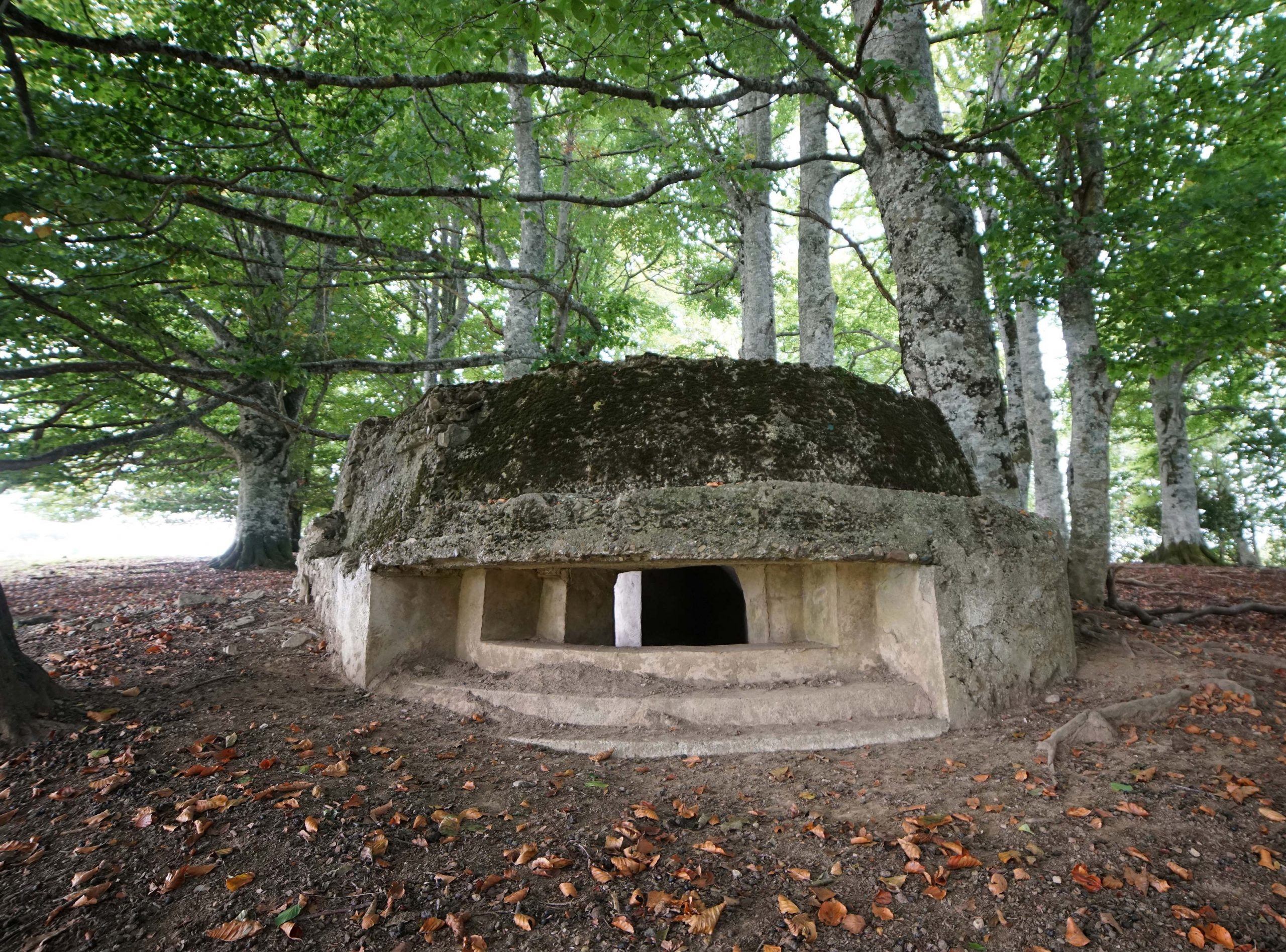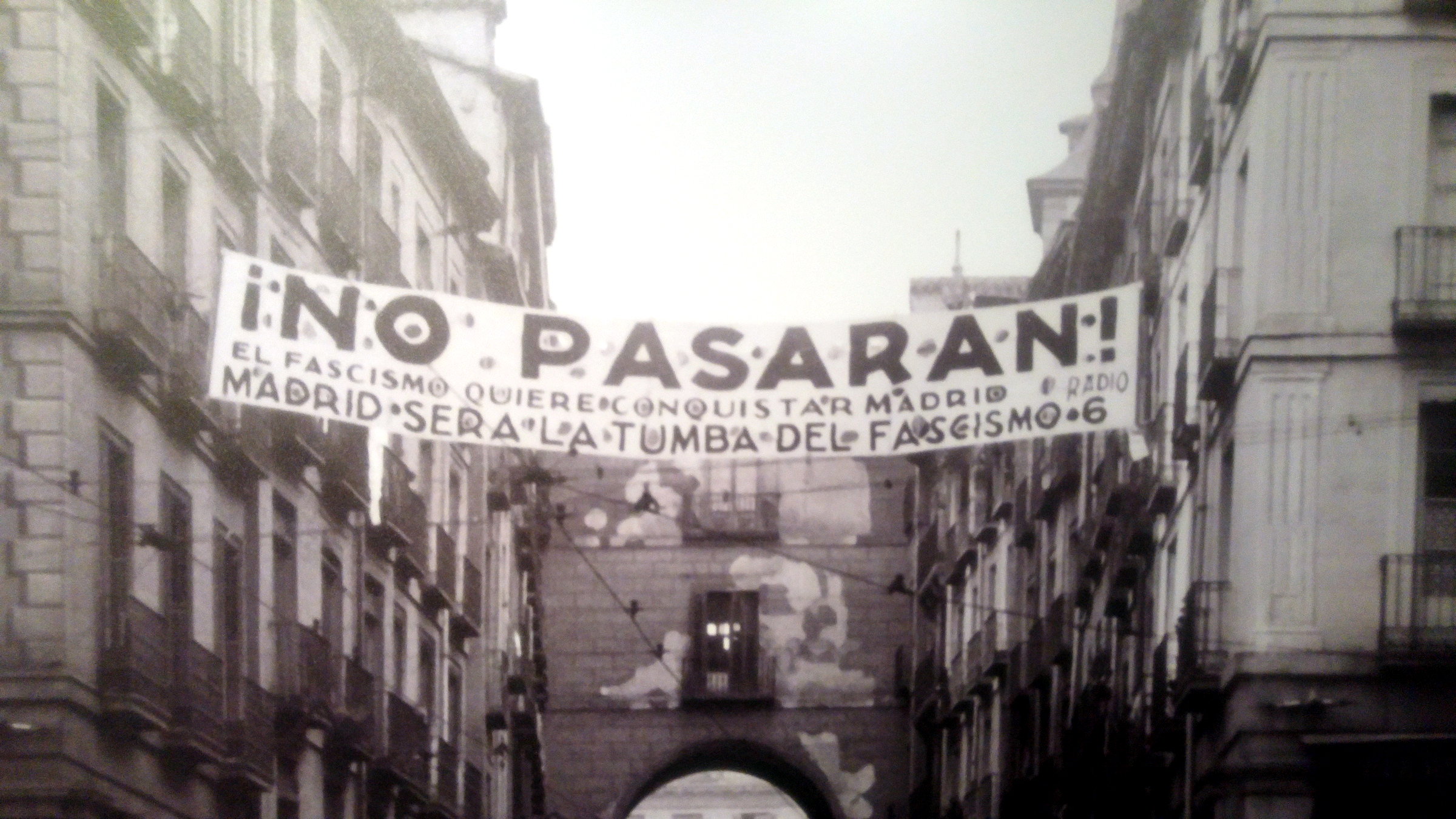Tribute to prisoners in the Gurs concentration camp, including 6,000 Basques
- Like every year, the Terres de Mémoire(s) and Luttes association has paid homage to prisoners in the Gurs concentration camp. Many were members of the Basque Army and the Republican Army. Many other combatants against Franco and against the dictatorships of Hitler and Mussolini took place in the concentration camp. There were about 6,000 Basques in this area and an estimated 14,000 Jews were killed transferred from Gurs to Auschwitz and Mauthausen.

Gurs (Biarno)’s concentration range extends from April 1939 to 31 December 1945. It was the longest and most important area in the French State. It was the area closest to the Basque Country, 4 kilometers from Zuberoa.
The Terres de Mémoire(s) et de Luttes Association celebrated its act of memory on 7 April. This year marks the 85th anniversary of the deployment of the Nazi area. Relatives of prisoners, social and cultural associations and political representatives from New Aquitaine, the Basque Country, Navarra and Aragon have been present at the event. Basque Government Vice-Minister for Human Rights, Memory and Cooperation, José Antonio Rodríguez, visited Ranz Gurs on the 7th day and reminded the Basque prisoners: “Almost six thousand Basques arrived at Gurs fleeing the Franco dictatorship, where they lived and suffered (some died) in appalling and harsh conditions. It is to remember (not to forget) the memory, truth, research, knowledge and new pedagogy, the socialization and transmission of that knowledge; the truth that solves, transforms and empowers”.
Over 60,000 inmates in six years
In the information provided by the Basque Government on the tribute, the four stages of the concentration framework have been as follows:
1- From 2 April 1939 to 10 May 1940: Spanish Republicans, Gudaris and volunteers of the International Brigades. In total, 27,350 people, only men.
2- From 10 May 1940 to 1 September 1940: "the most desired", especially women from the countries of Germany and Reich. Together with them, for crimes of opinion (communists, Spanish Basques, etc.) hundreds of hospitalized men. In total, 14,795 men and women.
3- From 1 September 1940 to 25 August 1944: foreign Jews. In total, 18,185 men, women and children were hospitalized for state anti-Semitism by the Vichy regime. They were systematically deported to Auschwitz and killed since 1942.
4- From 25 August 1944 to 31 December 1945: "auxiliaries" and one hundred Spanish anti-francoists. In total, 3,370 people, only men.
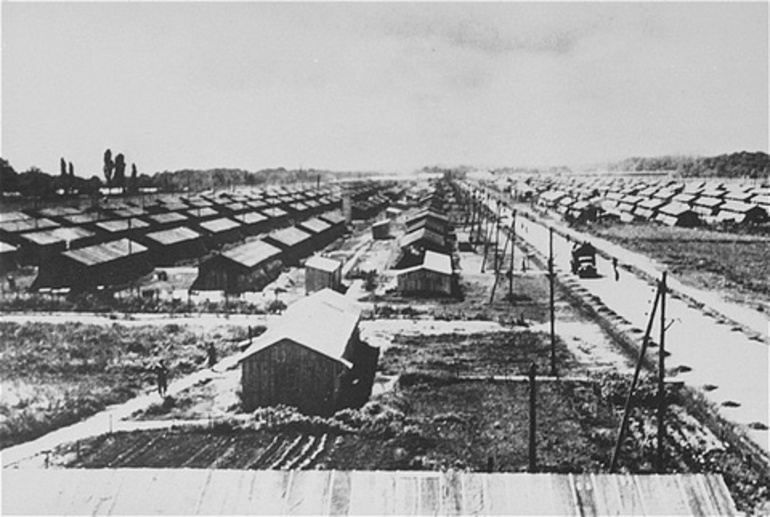
Gurs, the Basque Country, book by Josu Chueca
Professor of Contemporary History at the UPV, Josu Chueca, has also intervened in the act of Gurs. Chuecak Gurs. He wrote the book El campo vasco (Txalaparta, 2007). Prior to the preparation of the book, in March 2005, he published in ARGIA a comprehensive report (Gurs: the framework for concentration of the Basques) on the scope of concentration and, above all, about 6,000 Basque prisoners. He interviewed Ramón Agesta Irastorza, among others. Iraqi Ramon Agesta was 22 years old in 1936. The PNV member, when the Civil War broke out, belonged to the Irun Defense Board. Gurs was arrested in May 1940 with an additional 800 Basques. She also interviewed Arlette mechanographer Dachary Ponts et Chaussées. He worked in the Gurs concentration camp and responded to Chueca when he wondered if they knew anything about the fate of the Jewish prisoners carrying from Gurs to Auschwitz and Mauthausen: “When the Americans and Russians showed their photographs we knew what was going on.”
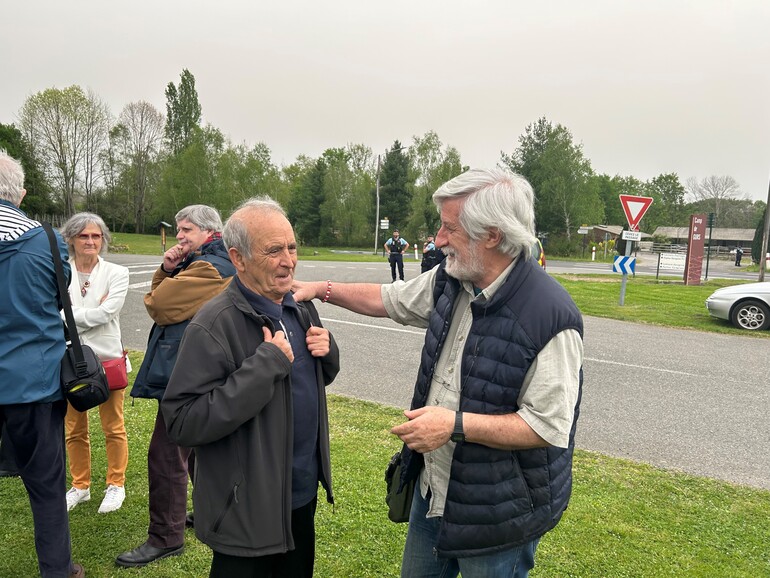
Porzheim, Germany, February 23, 1945. About eight o’clock in the evening, Allied planes began bombing the city with incendiary bombs. The attack caused a terrible massacre in a short time. But what happened in Pforzheim was overshadowed by the Allied bombing of Dresden a few... [+]
Japan, 6 and 9 August 1945, the United States launched an atomic bomb causing tens of thousands of deaths in Hiroshima and Nagasaki; although there are no precise figures, the most cautious estimates indicate that at least 210,000 people died at the end of that year. But in... [+]
Born 27 June 1944. The German soldiers carried out a raid on a small town of about 80 inhabitants of Zuberoa. Eight people died on the spot and nineteen were arrested, all civilians, nine of whom would be deported and only two would survive from the concentration camps in which... [+]
Normandy. 6 June 1944. They started operation Overlord: Thousands of British, American and Canadian soldiers landed on the beaches of Normandy to drastically change the course of the Second World War and, therefore, history. Or at least that's what we've been told a few days ago,... [+]
Genocide is unfortunately a fashionable word. According to Rafael Lemkin’s definition in 1946, genocide is defined as “actions aimed at the total or partial destruction of a national, ethnic, racial or religious group.” These actions may include “killing the members of... [+]
Karl Adolf Eichmann (Solingen, Imperio alemán, 1906 - Ramdel, Israel, 1962) foi o oficial superior das SS da Alemaña nazi, especialmente coñecido polo seu nomeamento como “responsable loxístico” da chamada Última Solución ou Última Solución. A planificación do... [+]









